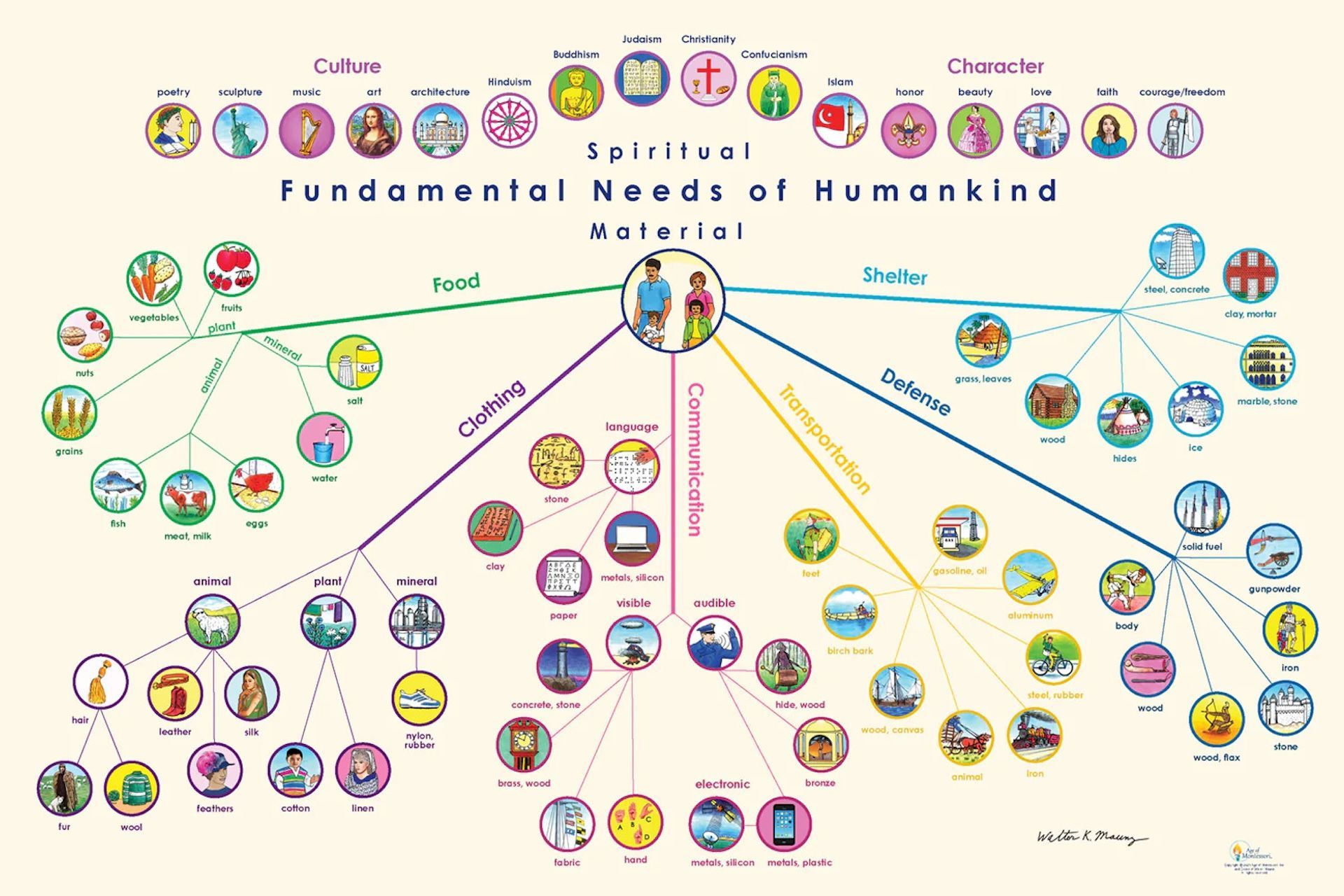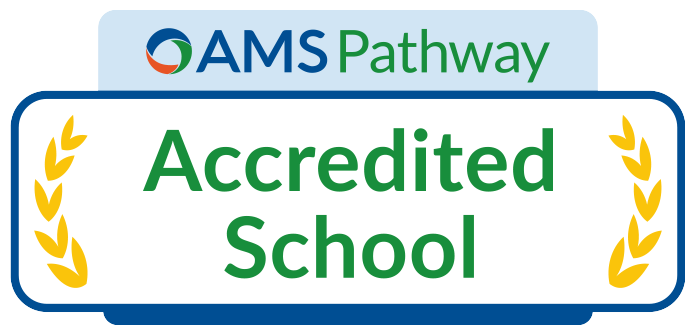Why Multi-Age Grouping In Montessori Schools
By Marcia Kidd
Families new to Montessori are sometimes puzzled by one of the hallmarks of Montessori education, the multi-aged classroom . How does it work, and how do teachers manage to teach children of different ages and skills? A visitor to an MSL classroom reported this experience:
A three-year-old and an older student waited for the teacher to come to the work rug to begin a lesson on the North America Puzzle Map. “You’re supposed to sit criss-cross applesauce, like this,” said the older student. Done! The younger student then reached out to remove one of the puzzle pieces. Again, “You need to wait for the teacher”, said the older student. Like magic, imitating her older classmate, the younger student placed her hands in her lap and waited!
While stabilizing the behavior of the classroom, older peers routinely offer academic support to their classmates as well. Of the multi-age classroom, Angeline Lillard, professor of psychology at the University of Virginia, writes:
“Montessori encourages learning from peers in part by using three-year age groupings. This ensures that as children move through the classroom they will be exposed to older and younger peers, facilitating both imitative learning and peer tutoring…Dr. Montessori was quite clear about the need for this mix of ages.”
Montessori schools strive to build classrooms with a balanced number of first, second and third year students at each level. Our observations of family life would lead us to believe that this is a natural way for children to learn from other children. We often see this first in our own families, where younger children imitate the behaviors of older siblings, who in turn assume leadership roles in teaching their younger brothers and sisters. It is interesting to note that in life, traditional education is one of the few places where people are grouped solely on the basis of age.
Recognized as essential to best practices in Montessori schools, the advantages of the 3-year age range in the Montessori classroom are many:
- Classroom management is facilitated when each year approximately two-thirds of the class are returning students, who already know the layout and rules of the classroom. Their independence and work habits free teachers to give extra time and attention to first level students during the first days and weeks of the school year.
- Older students mentor younger students, modelling appropriate behavior and academic skills. Younger students imitate the behaviors they observe and learn by watching the work of their older peers, who reinforce their own understanding by teaching the younger students. In this setting, there is less competition, and more of a feeling of community and collaboration develops.
- The larger range of curriculum and materials in the multi-age classroom provides appropriate challenges for students at all levels, while allowing them to remain with their social peers. Students are able to learn at their own pace, regardless of grade level, as teachers present lessons individually and when children demonstrate readiness.
- Learning is maximized, with fewer stops and starts, by having the same teachers for three years. The time it takes teachers to get to know students and assess their skills each year is thus eliminated.
- Leadership opportunities provided by the 3-year age span encourage the development of responsibility, prosocial behavior, and authentic self-esteem.
Please visit the following websites to learn more on Montessori multi-age grouping:






